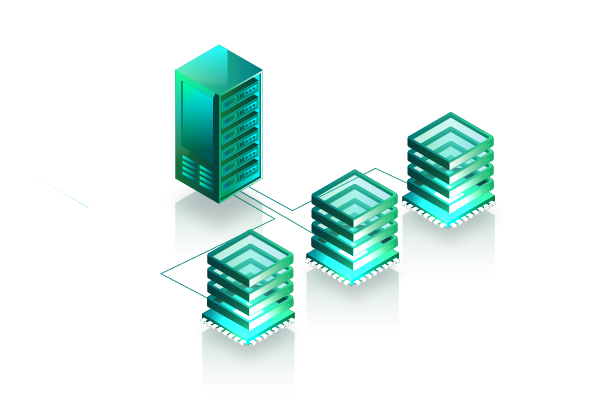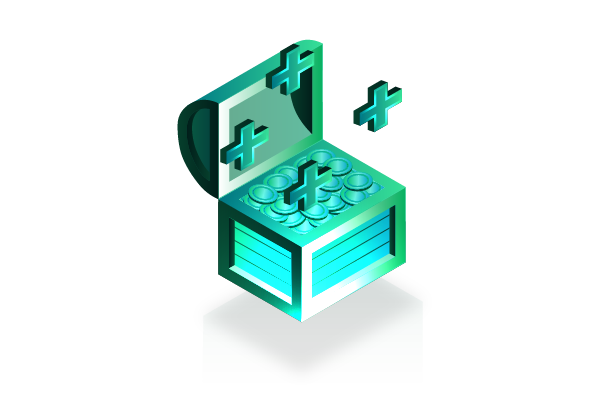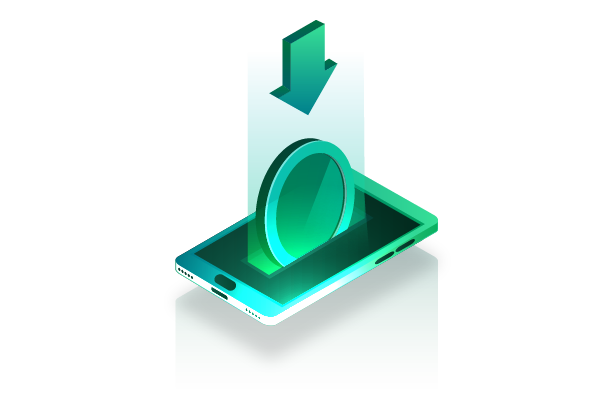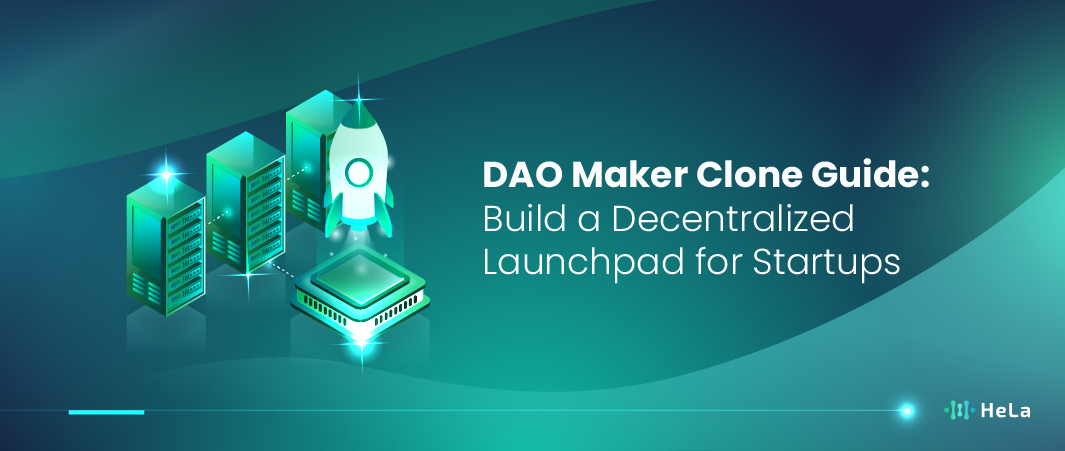Many startups face a major challenge when they try to raise funds. Traditional systems are often slow, expensive, and full of rules. Because of this, more businesses are turning to blockchain and decentralized platforms to raise capital in a faster and more open way.
DAO Maker is one of the most popular launchpads in the crypto space. It helps new projects raise money from a community. It uses smart contracts to make the process safer and more transparent. This model is so effective that many developers and companies now want to build a DAO Maker clone to offer similar services.
If you want to create your own launchpad like DAO Maker, this guide will help you understand how it works, what features to include, and how to build it step-by-step. Whether you’re a startup, investor, or developer, this article explains everything in simple terms.
What is a DAO Maker Clone?
A DAO Maker clone is a ready-made or custom-built platform that copies the main features of the original DAO Maker. It allows startups to launch their tokens and raise funds through decentralized methods such as IDOs (Initial DEX Offerings), SHO (Strong Holder Offerings), and more.
It works by using smart contracts on blockchains like Ethereum, Binance Smart Chain, or Polygon. These contracts handle the key functions like fundraising, token distribution, voting, and staking.
The clone lets you adjust the design, features, and blockchain used. This way, you can make your platform match your business goals or target users.
Key Features to Include in a DAO Maker Clone
Building a DAO Maker clone is not just about copying a platform—it’s about creating a reliable tool that gives startups and investors what they need. For your launchpad to succeed, it must offer a clear, secure, and user-friendly experience. That starts with getting the right core features in place.
These features handle the critical parts of the platform: from how users join and interact, to how projects get listed and funded. They also help manage legal requirements, security, and community engagement. Below is a list of must-have features every DAO Maker clone should include:
| Feature | What it Does |
| User Dashboard | Lets users track their token holdings, IDO participation, and rewards. |
| KYC Module | Verifies user identity to meet legal needs. |
| Token Pool Creation | Allows project teams to create IDO pools with start and end dates. |
| Wallet Integration | Users connect with wallets like MetaMask or Trust Wallet. |
| Staking Module | Lets users lock tokens to get IDO access or earn rewards. |
| Voting System | Community can vote on which projects should get listed. |
| Multi-Chain Support | Platform works on more than one blockchain (e.g., BSC, Ethereum). |
| Admin Panel | Controls project approvals, user management, and token settings. |
These features are the backbone of a working launchpad. You can start with these essentials and expand over time by adding options like referral systems, reward points, or partner dashboards.
A good launchpad is more than just a funding tool—it’s a full ecosystem. Including the right features from day one can help you attract better projects, build trust with your users, and grow your platform more smoothly.
Also Read: 10 Best DAOs for Web3 Developers to Consider in 2025
Step-by-Step Guide to Build a DAO Maker Clone

Creating a DAO Maker clone from scratch may seem complex, but breaking it down into stages makes the process easier to manage. Whether you’re building with an in-house team or hiring a development partner, following a clear roadmap will help you stay on track and avoid costly mistakes.
Each step—from planning and design to coding and launch—has an important role in shaping the final platform. Below is a simplified, practical breakdown of what it takes to build a working and secure DAO Maker-style launchpad:
Step 1: Plan Your Platform
- Define the type of fundraising you’ll support (IDO, IGO, etc.)
- Choose your target audience: crypto projects, gamers, NFT creators?
- Decide which blockchains you want to support.
Step 2: Design the UI/UX
- Create wireframes for pages like the homepage, dashboard, and pool listings.
- Focus on a simple layout and easy navigation.
- Use responsive design for mobile access.
Step 3: Develop Smart Contracts
- Write contracts for staking, voting, token sales, and token vesting.
- Test these contracts in local environments (like Ganache).
- Get a smart contract audit before going live.
Step 4: Build Frontend and Backend
- Use React or Vue to build the user side.
- Backend APIs handle tasks like user management, project listings, and KYC.
- Use Web3 libraries to connect wallet functions.
Step 5: Add Wallet Integration
- Let users connect wallets such as MetaMask or WalletConnect.
- Make sure they can sign transactions easily.
Step 6: Launch and Monitor
- First, test on a testnet like Rinkeby or BSC Testnet.
- Fix bugs, collect user feedback, and improve.
- Launch on mainnet only after full testing and audits.
Building a DAO Maker clone is not a one-time task. After launch, you’ll need to keep improving the platform, fix issues, and listen to your users. A solid step-by-step approach gives you a strong start and helps reduce risk along the way.
Technology Stack for Building a DAO Maker Clone
Choosing the right technology stack is one of the most important decisions when building a DAO Maker clone. Your stack will impact everything—from how fast your platform runs to how secure it is and how easy it is to maintain over time.
A strong tech foundation ensures smooth interactions between users, smart contracts, and blockchain networks. It also makes your platform easier to scale and upgrade as new features or chains are added. Below is a commonly used tech stack for developing a secure and responsive launchpad:
| Layer | Technology |
| Frontend | React.js or Vue.js |
| Backend | Node.js, Express.js |
| Smart Contracts | Solidity (Ethereum/BSC), Rust (Solana) |
| Blockchain | Ethereum, BSC, Polygon |
| Database | MongoDB or PostgreSQL |
| Wallet Integration | Web3.js, Ethers.js |
| Cloud Hosting | AWS, DigitalOcean |
| Security Tools | OpenZeppelin, Hardhat, Ganache |
These tools work together to create a stable launchpad. For example, React or Vue helps build a responsive user interface, while Solidity powers smart contracts that run directly on blockchain networks. Web3 libraries connect the frontend with users’ wallets and handle blockchain communication.
Picking the right stack early helps reduce risks later. It saves time during development, improves user experience, and makes it easier to meet both technical and security requirements.
Benefits of Building a DAO Maker Clone

More businesses and developers are building DAO Maker clones because they see real value in the launchpad model. It gives early-stage crypto projects a way to raise funds while giving users more control over where their money goes.
This model reduces the risks of traditional fundraising while helping platforms grow quickly through community support. A DAO Maker clone takes these proven ideas and packages them into a flexible system that can be customized and expanded. Below are some of the main reasons teams are choosing this path.
1. Save Time and Money
Building a launchpad from zero takes a lot of time and budget. You need to plan everything, hire developers, test the system, and still face unexpected delays. A DAO Maker clone gives you a huge head start. Since the base framework is already available, your team can focus on improvements instead of core features. This approach reduces both development time and costs. In some cases, a well-built clone can go live within a few weeks.
2. Proven Model
DAO Maker is already a success in the crypto space. Many known projects have raised funds through its system, showing the model works well. By following this path, you’re not guessing—you’re using a method that’s been tested in real markets. Investors and startups already trust the model, which makes it easier for your platform to gain attention. You also benefit from user behavior patterns that DAO Maker helped shape. This gives your platform a stronger foundation from day one.
3. Easy Customization
A clone does not mean a copy-paste product. You can customize everything—from the front-end design to the backend functions. Choose your preferred blockchain, adjust the way staking works, or add new features like NFT support. This flexibility helps you build a platform that fits your brand and business goals. You’re not locked into one structure. The code acts as a starting point, not a final version.
4. Community Power
One of the most important parts of DAO Maker is the role of the community. Users don’t just invest—they vote, stake, and support the projects they believe in. This creates strong engagement and helps filter out low-quality launches. By adding voting, staking, and rewards into your clone, you give users a reason to stay involved. Over time, this can lead to a loyal and active user base. It also helps create better project outcomes, since only strong ideas get backed.
5. Expandable
As your platform grows, you can easily add more tools and features. You might start with IDOs, then expand into NFTs, IGOs (Initial Game Offerings), or even full DAO governance. The structure of a DAO Maker clone is built to scale. You can also integrate more blockchains or launch regional versions of your platform. This makes it easier to grow step by step without having to rebuild the system. Expansion becomes a strategy, not a headache.
Building a DAO Maker clone gives you speed, flexibility, and access to a proven business model. It’s a strong way to enter the decentralized fundraising space without taking unnecessary risks. As long as you focus on quality, security, and community, your clone can grow into a trusted launchpad that supports real innovation.
Legal and Security Aspects to Watch Out For
Launching a DAO Maker clone may seem like a purely technical project, but there are real legal and security responsibilities involved. Ignoring these can lead to serious problems, including legal action, loss of user funds, or a damaged reputation. The fact that your platform is decentralized does not mean it’s free from regulation.
To build trust and stay compliant, you need to handle user data, project listings, and smart contracts with care. Taking steps to meet local laws and strengthen platform security is not just about risk management—it’s part of building a product people can trust. Here are the key legal and safety areas to focus on:
Legal Compliance
- KYC/AML: You may need to include KYC (Know Your Customer) and AML (Anti-Money Laundering) processes. These checks help verify user identity and are often required in jurisdictions where financial activity is regulated.
- Securities Law: Some governments may treat token sales as securities offerings. It’s important to consult a lawyer familiar with crypto and token regulations before launching your platform.
Smart Contract Security
- Audits: Have all your smart contracts reviewed by a trusted security audit firm. This helps detect bugs, backdoors, or logic flaws that could be exploited by attackers.
- Bug Bounties: Set up a bug bounty program where developers or ethical hackers can report security problems. Offering rewards encourages early detection of risks before they become public issues.
Platform Security
- DDoS Protection: Use cloud-based firewalls and monitoring tools to guard against denial-of-service attacks that can take your platform offline.
- SSL & Encryption: Secure all user data using strong encryption methods. SSL certificates also help protect login sessions and wallet connections.
- Multi-sig Wallets: Use multi-signature wallets for admin-level activities and token pool access. This adds an extra layer of protection by requiring multiple approvals for high-risk actions.
Security and compliance are not one-time tasks. They require ongoing updates, reviews, and expert input as your platform evolves. By handling these aspects carefully, you protect both your users and your business from costly mistakes and build a safer environment for everyone involved.
Also Read: 15 List of DAO Tools to Look for in 2025
Monetization Options for a DAO Maker Clone

While the main goal of a DAO Maker clone is to support fundraising for startups, it can also be a steady source of income for platform owners. A well-structured monetization plan not only helps cover operational costs but also creates room for reinvestment and growth.
You don’t need to rely on just one revenue stream. There are several ways to earn from your launchpad, depending on how you structure your services and what kind of users you attract. Below are some of the most common and practical monetization strategies:
- Listing Fees: Charge startups a fee to list their project on your platform. This can be a flat rate or a percentage of the funds they raise.
- Transaction Fees: Take a small cut from each token purchase or swap made during IDOs. This adds up quickly as your user base grows.
- Staking Fees: Offer premium benefits or early access to users who stake a certain amount of tokens, and take a fee from staking rewards or pools.
- Launchpad Tokens: Create and issue your own utility token. It can be used for staking, governance, or gaining IDO access, adding value to your ecosystem.
- Ad Spots: Sell advertising space on your site to crypto wallets, analytics tools, or other blockchain service providers.
It’s important to keep your fee structure simple and fair. This helps build trust, attract quality projects, and encourage more users to stay active on your platform. A balanced approach can turn your DAO Maker clone into a sustainable and profitable business.
Conclusion
A DAO Maker clone is more than just a copy of an existing platform. It’s a new way to give power to communities and startups. By offering a safer, faster, and fairer fundraising method, you’re helping build the future of Web3.
This guide showed how to plan, design, and build your own DAO Maker-style platform. You learned about the key features, tech stack, security needs, and steps involved. You also saw how it can make money while helping projects grow.
If you’re serious about entering the world of decentralized fundraising, now is a great time to act. With the right team and tools, you can create a strong launchpad that helps new ideas reach the market and gives users more control over where their money goes.
Disclaimer: The information provided by HeLa Labs in this article is intended for general informational purposes and does not reflect the company’s opinion. It is not intended as investment advice or recommendations. Readers are strongly advised to conduct their own thorough research and consult with a qualified financial advisor before making any financial decisions.

Joshua Soriano
I am a writer specializing in decentralized systems, digital assets, and Web3 innovation. I develop research-driven explainers, case studies, and thought leadership that connect blockchain infrastructure, smart contract design, and tokenization models to real-world outcomes.
My work focuses on translating complex technical concepts into clear, actionable narratives for builders, businesses, and investors, highlighting transparency, security, and operational efficiency. Each piece blends primary-source research, protocol documentation, and practitioner insights to surface what matters for adoption and risk reduction, helping teams make informed decisions with precise, accessible content.
- Joshua Soriano#molongui-disabled-link
- Joshua Soriano#molongui-disabled-link
- Joshua Soriano#molongui-disabled-link
- Joshua Soriano#molongui-disabled-link

